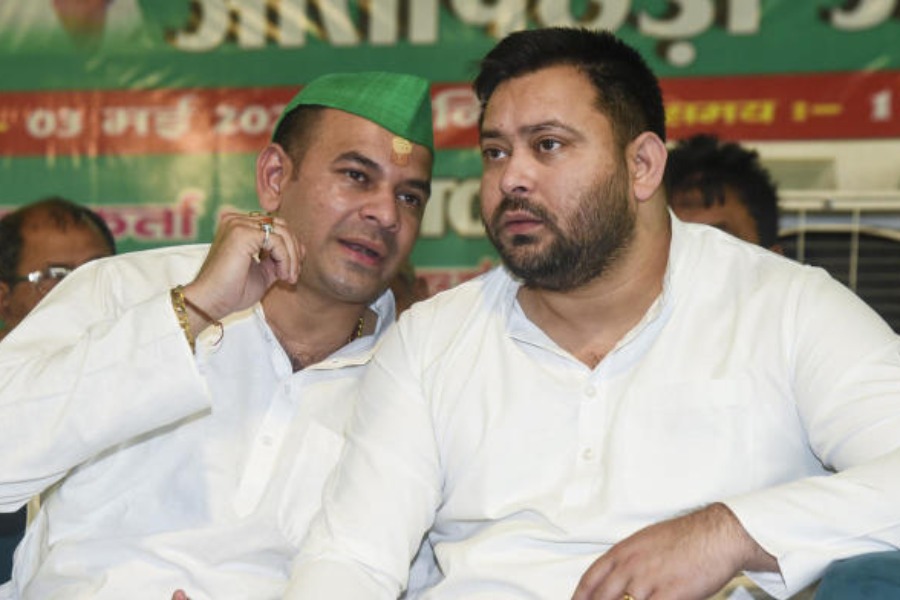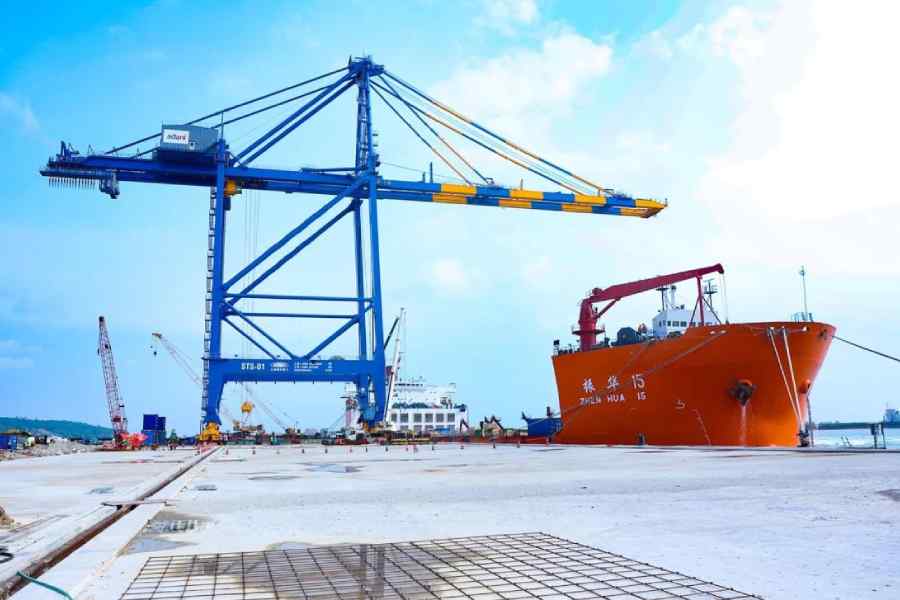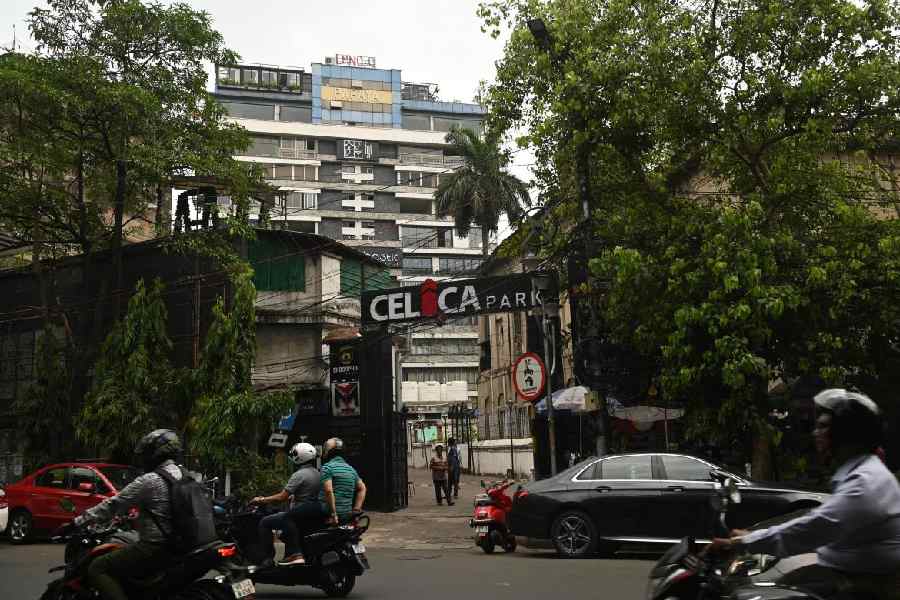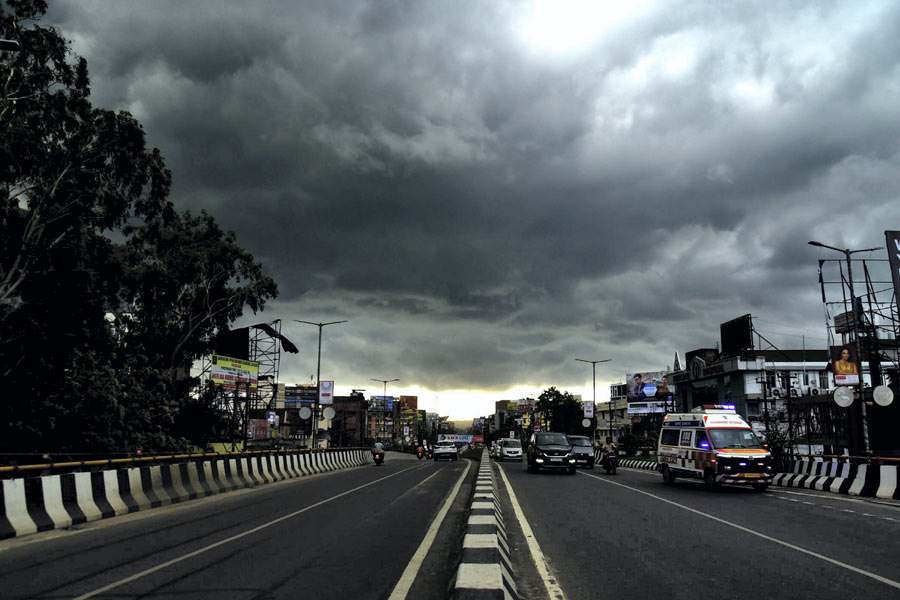Who would have thought that the world economic meltdown was affecting China? CCTV, the state-owned TV network, ordered firecrackers worth one million yuan on the last day of the new year, which, in Beijing, is reminiscent of Diwali at its worst. So grand was CCTV’s celebration that they even hired a company to light the fireworks.
But things went terribly wrong. The “A grade” fireworks, to be used only with special permission, were set off in the compound of the Oriental Mandarin Hotel, part of the new CCTV complex. The complex includes the CCTV headquarters, a futuristic building designed by the Dutch architect, Rem Koolhaas, and its Cultural Centre (TVCC), another beauty designed by the same architect that also houses the hotel.
The hotel and the TVCC were to be inaugurated in May this year. Together, the CCTV and the TVCC towers, costing 5 billion yuan, were symbolic of 21st century Beijing, where the world’s leading architects were given free rein for the Olympics. The firecrackers rose 200 metres high to burn the roof of the TVCC tower. Eye-witnesses saw the fire spread from one corner of the roof to the floors below in just 20 minutes. Fire engines arrived before that, but their hoses could not reach the top of the building. The inferno, which blazed from 8 pm to 2 am, killed one fireman and injured seven. Three adjacent buildings had to be evacuated, so powerful were the flames.
This disaster took place in the heart of Beijing. Motorists initially slowed down to enjoy the scintillating fireworks display, and then to film the burning building. Ironically, at that very moment, CCTV was telecasting its special New Year programme. On the news bulletin that followed, the blaze was breaking news. However, in the next news bulletin, the visuals were gone, replaced by names of officials who had rushed to the site. The next morning, newspapers across the country splashed the news on Page One, but Beijing’s papers downplayed it.
Citizen media
On the next day, a directive was sent out that all news about the fire must be sourced only through Xinhua, the official news agency. There were to be no photos, in-depth reports or comments. This crude attempt at censorship was foolish. The charred shell of the TVCC tower is now Beijing’s new landmark. As soon as the fire started, visuals and eye-witness accounts were uploaded on the internet. The next day, the fire authorities in a press conference blamed the CCTV for setting off dangerous fireworks without permission; they also revealed that the police had tried to stop the revellers, but had been brushed aside. Ironically, four CCTV camcorders recorded the entire show.
CCTV apologized for the damage to “state assets” and the traffic congestion, but not for the death of 29-year-old Zhang Jianyong, who gave his respirator to a trapped CCTV worker. As expected, not many heads rolled. Twelve persons were arrested, the seniormost being the man in charge of the construction of the TVCC tower. The rest were workers from CCTV and those called in to light the fireworks.
The CCTV building was nicknamed ‘Big Underpants’; the TVCC tower, ‘the thing beneath the underpants’. Lewd jokes circulated on the internet, but the best comment came from Wang Xiaofeng, a famous blogger. “For this kind of big news, before there is a final approval, the whole world knows about the event… In breaking news like this, news cannot be ready without the appearance of leaders. The leaders have to be hotter than the fire… Even if you have lighted the fire yourself, your report cannot be real. Even if the fire is burning up to your eyebrow, it has to be covered up… In this breaking news incident, all official media have been defeated by citizen media.”










